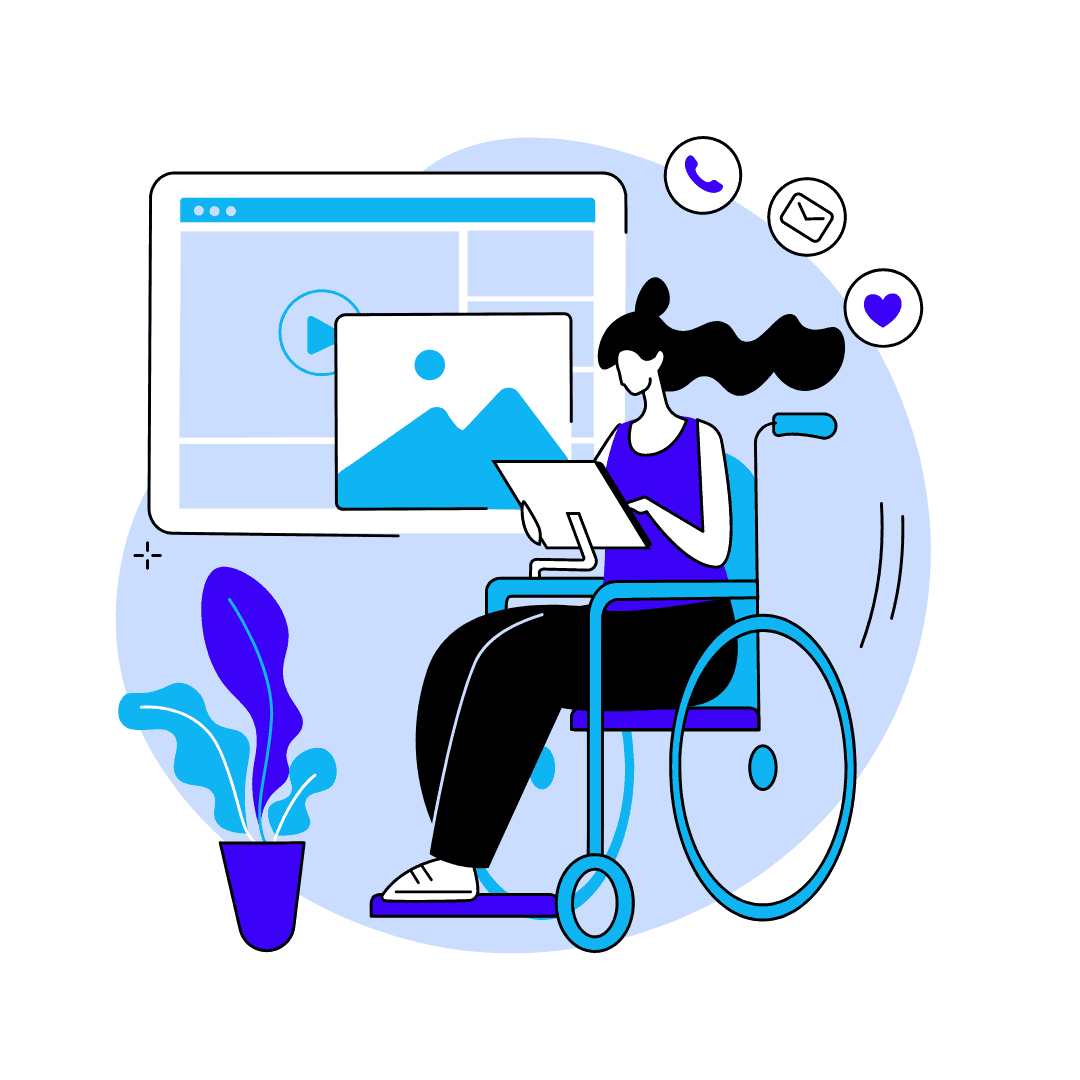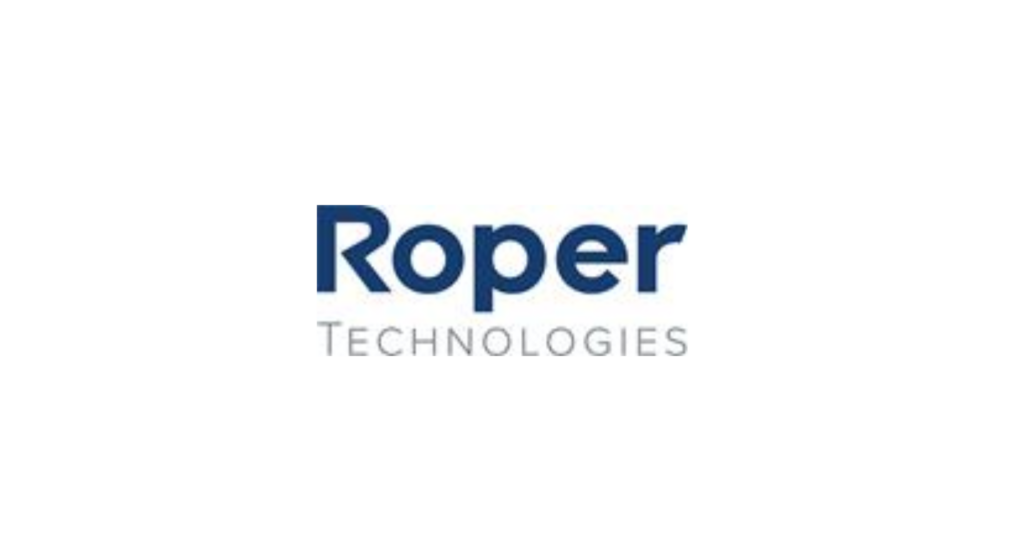
Assistive technology plays a crucial role in enhancing the quality of life for individuals with disabilities. From mobility aids to communication devices, these technologies empower users by providing solutions to overcome various challenges they face in their daily lives.
Introduction to Assistive Technology
Assistive webdevelopmentpros.co.uk/ technology encompasses a wide range of devices and software designed to assist people with disabilities in performing tasks that might otherwise be difficult or impossible. Its primary purpose is to promote independence, inclusion, and accessibility for individuals with diverse needs.
Types of Assistive Technology
Mobility Aids
Mobility aids such as wheelchairs, scooters, and walkers help individuals with mobility impairments to move around independently.
Hearing Aids
Hearing aids amplify sounds for individuals with hearing loss, improving their ability to communicate and engage with the world around them.
Visual Aids
Visual aids like screen readers and magnifiers assist individuals with visual impairments in accessing digital and printed materials.
Communication Devices
Communication devices, including speech-generating devices and Braille displays, enable individuals with speech or language disorders to express themselves effectively.
Advancements in Assistive Technology
Recent advancements in assistive technology have revolutionized the field, offering innovative solutions to enhance accessibility and functionality for users.
Robotics and Prosthetics
Robotic devices and prosthetic limbs with advanced sensors and actuators provide greater mobility and dexterity for individuals with limb differences.
Artificial Intelligence Integration
Artificial intelligence (AI) technologies, such as natural language processing and computer vision, are increasingly integrated into assistive devices to enhance their capabilities and adaptability.
Wearable Devices
Wearable devices like smart glasses and haptic feedback systems offer personalized assistance and real-time feedback to users, improving their overall experience.
Applications of Assistive Technology
Assistive technology finds applications in various domains, including education, the workplace, and activities of daily living, empowering users to participate more fully in society.
Education
In educational settings, assistive technology enables students with disabilities to access educational materials, participate in classroom activities, and communicate with peers and teachers.
Workplace
In the workplace, assistive technology accommodations, such as screen magnifiers and ergonomic keyboards, help employees with disabilities perform their job duties effectively and efficiently.
Daily Living
Assistive devices for daily living, such as home automation systems and smart home assistants, support individuals with disabilities in managing household tasks and maintaining independence.
Challenges and Limitations
Despite its benefits, assistive technology faces challenges related to affordability, accessibility, and user experience, which can impact its widespread adoption and effectiveness.
Affordability
Many assistive devices are prohibitively expensive, making them inaccessible to individuals with limited financial resources or inadequate insurance coverage.
Accessibility
Accessibility barriers, such as lack of compatibility with existing technologies and limited availability of localized solutions, hinder the adoption of assistive technology in certain regions and populations.
User Interface and Compatibility
Issues related to user interface design and interoperability with mainstream technologies can pose usability challenges for individuals with disabilities, limiting the effectiveness of assistive devices.
Future Trends
Despite these challenges, the future of assistive technology looks promising, with ongoing advancements and initiatives aimed at addressing existing limitations and expanding access to innovative solutions.
Personalized Solutions
The development of personalized assistive technologies tailored to individual needs and preferences holds great potential for improving outcomes and user satisfaction.
Integration with Internet of Things (IoT)
The integration of assistive devices with IoT platforms and smart ecosystems enables seamless connectivity and enhanced functionality, enhancing user independence and convenience.
Ethical Considerations
As assistive technology becomes more integrated into everyday life, it is essential to address ethical considerations related to privacy, data security, and autonomy to ensure responsible and equitable use.
Impact of Assistive Technology
The widespread adoption of assistive technology has a transformative impact on the lives of individuals with disabilities, promoting empowerment, inclusion, and societal participation.
Empowerment of People with Disabilities
By providing individuals with disabilities the tools they need to overcome barriers and accomplish their goals, assistive technology fosters independence and self-confidence.
Social Inclusion
Assistive technology facilitates greater social participation and interaction, reducing isolation and promoting community engagement for individuals with disabilities.
Economic Benefits
Access to assistive technology enables individuals with disabilities to access education, employment, and economic opportunities, contributing to greater financial independence and socioeconomic inclusion.
Case Studies
Numerous case studies illustrate the positive impact of assistive technology on the lives of individuals with disabilities, showcasing successful implementation and outcomes across various settings and contexts.
Legal and Ethical Framework
Legislation and regulations, such as the Americans with Disabilities Act (ADA) in the United States and the United Nations Convention on the Rights of Persons with Disabilities (CRPD), provide a legal framework for promoting accessibility and inclusion through assistive technology.
The Role of Innovation
Innovation plays a crucial role in driving advancements in assistive technology, with collaboration between industries, researchers, and users driving progress in design, development, and implementation.



:max_bytes(150000):strip_icc()/GettyImages-1016321034-4e93d0dc223b48f4a9df61984730eb8e.jpg)

